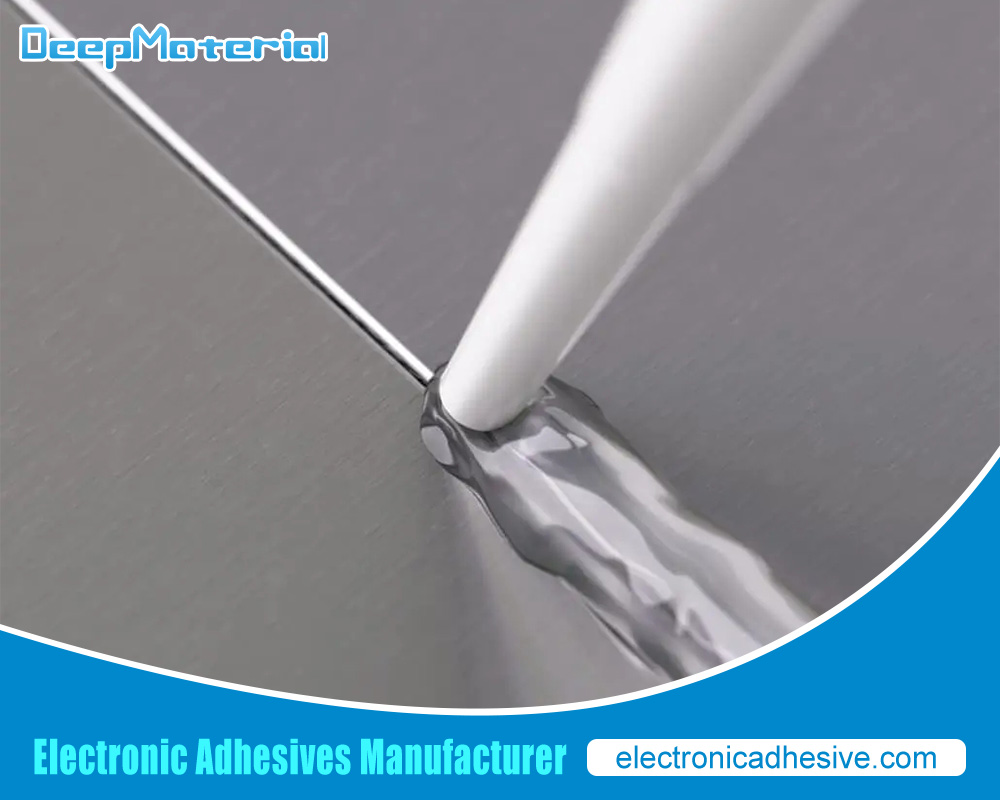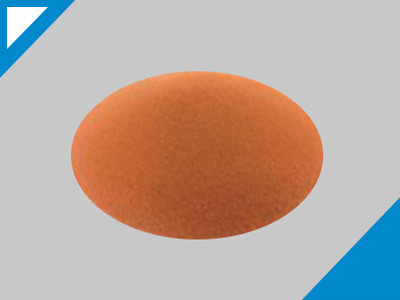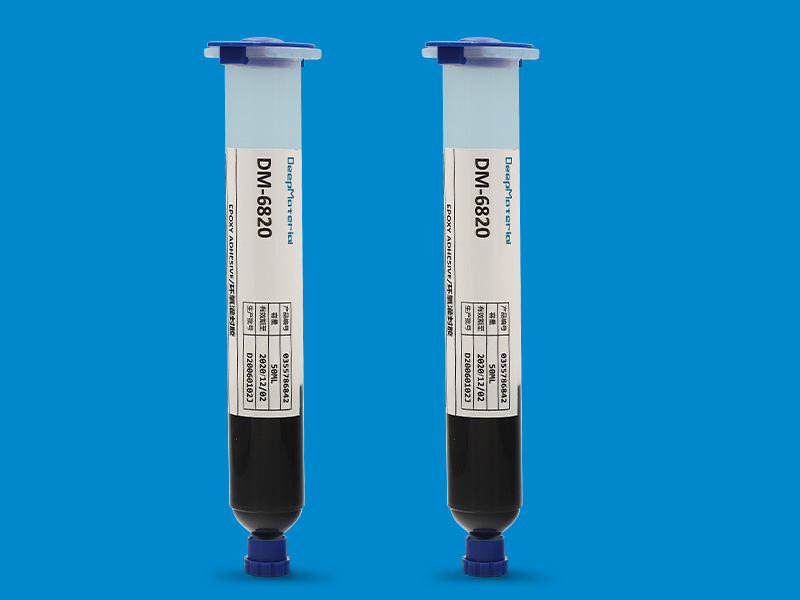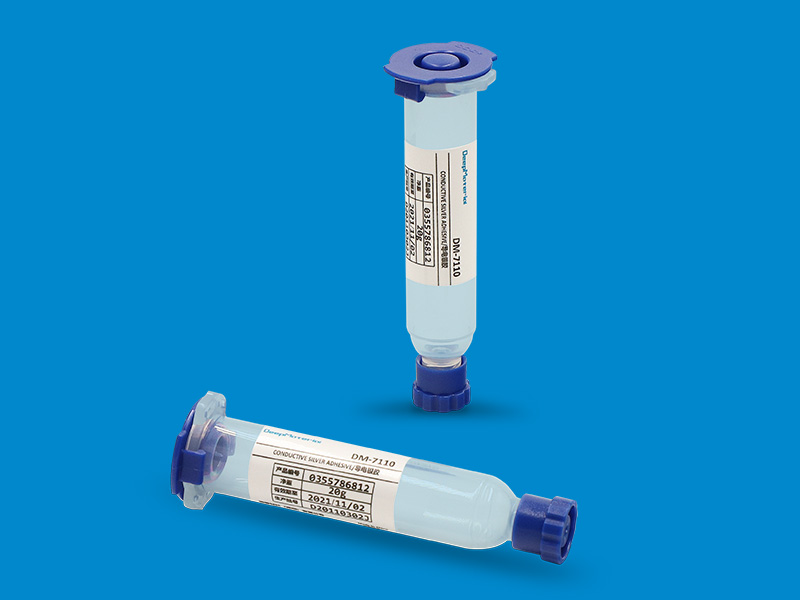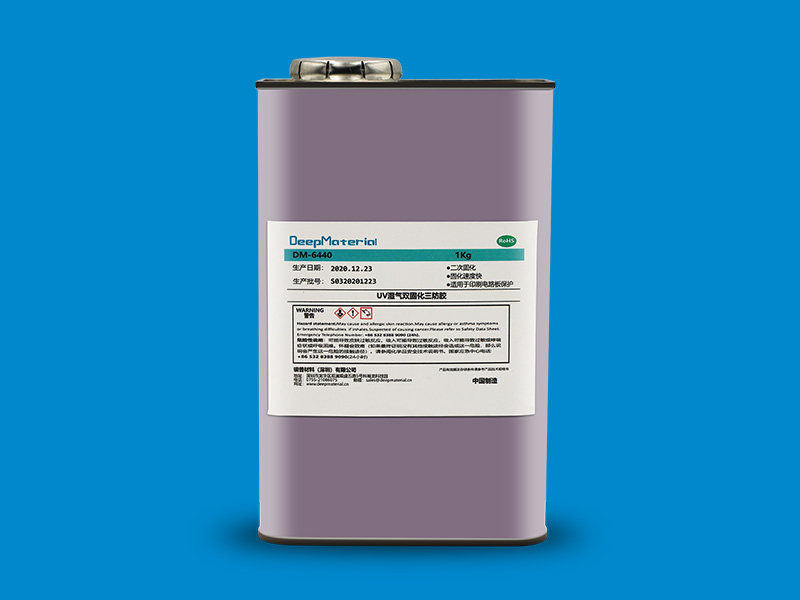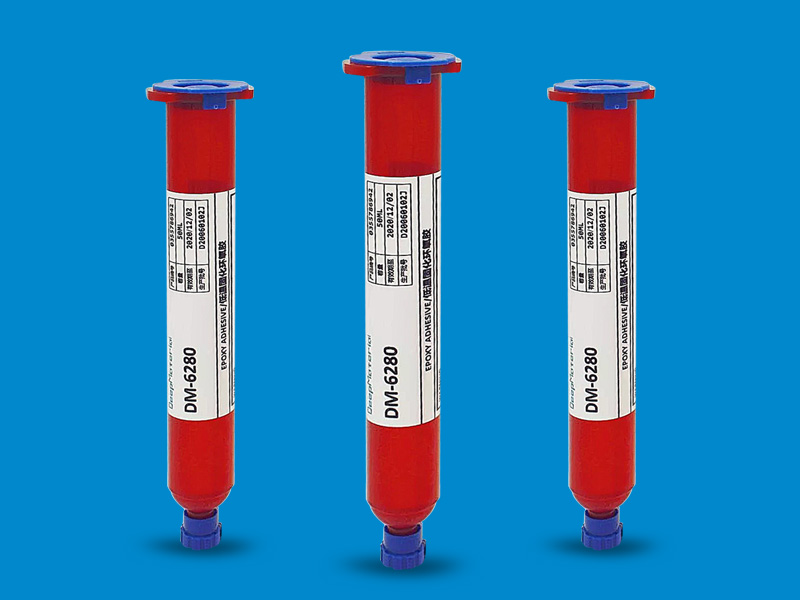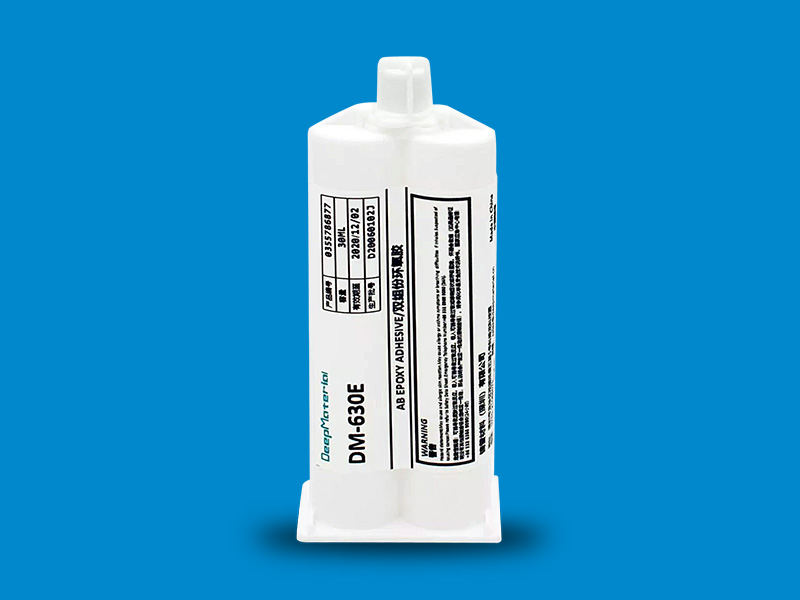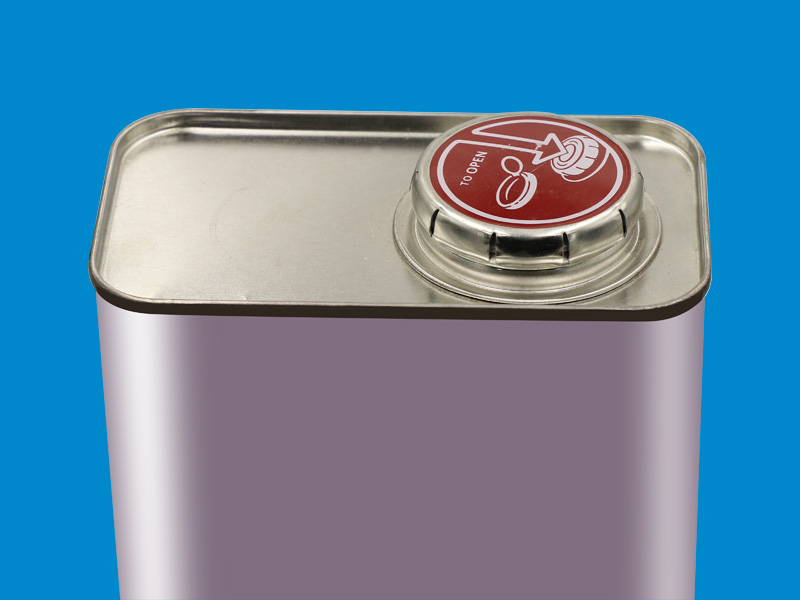The Comprehensive Guide to Smartphone Assembly Adhesive Glue: Everything You Need to Know
The Comprehensive Guide to Smartphone Assembly Adhesive Glue: Everything You Need to Know
In smartphone technology, the assembly process is as crucial as the components. Among the various materials used in manufacturing and repairing smartphones, adhesive glue ensures that devices are functional, durable, and aesthetically pleasing. As smartphones evolve, so does the technology behind the adhesives that hold them together. This guide delves deep into the smartphone assembly adhesive glue world, exploring its types, applications, benefits, and best practices for use. Whether you are a manufacturer, a repair technician, or a DIY enthusiast, understanding adhesive glue will enhance your ability to create reliable and long-lasting devices.
Types of Smartphone Assembly Adhesives
Smartphone assembly adhesives come in various formulations, each designed for specific applications and materials. Understanding these types can help you choose the adhesive suitable for your needs.
Epoxy Adhesives
- Description: Epoxy adhesives consist of a resin and a hardener. When mixed, they create a robust, durable bond that can withstand significant stress.
- Applications: Commonly used in bonding metal, glass, and certain plastics in smartphone assemblies, particularly for structural components that require high strength.
Cyanoacrylate Adhesives (Super Glue)
- Description: Cyanoacrylate adhesives, known for their rapid curing properties, are single-component adhesives that bond quickly to various substrates.
- Applications: They are ideal for minor repairs like fixing cracked plastic or glass components. Their fast setting time makes them convenient for quick fixes.
Polyurethane Adhesives
- Description: These adhesives offer flexibility and resilience, allowing them to bond with dissimilar materials effectively.
- Applications: Commonly used in areas where movement is expected, such as bonding screens to frames, providing strength and flexibility.
Silicone Adhesives
- Description: Silicone adhesives can maintain their performance in extreme conditions because of their excellent flexibility and temperature resistance.
- Applications: Often used for sealing and waterproofing, as well as bonding flexible components within smartphones.
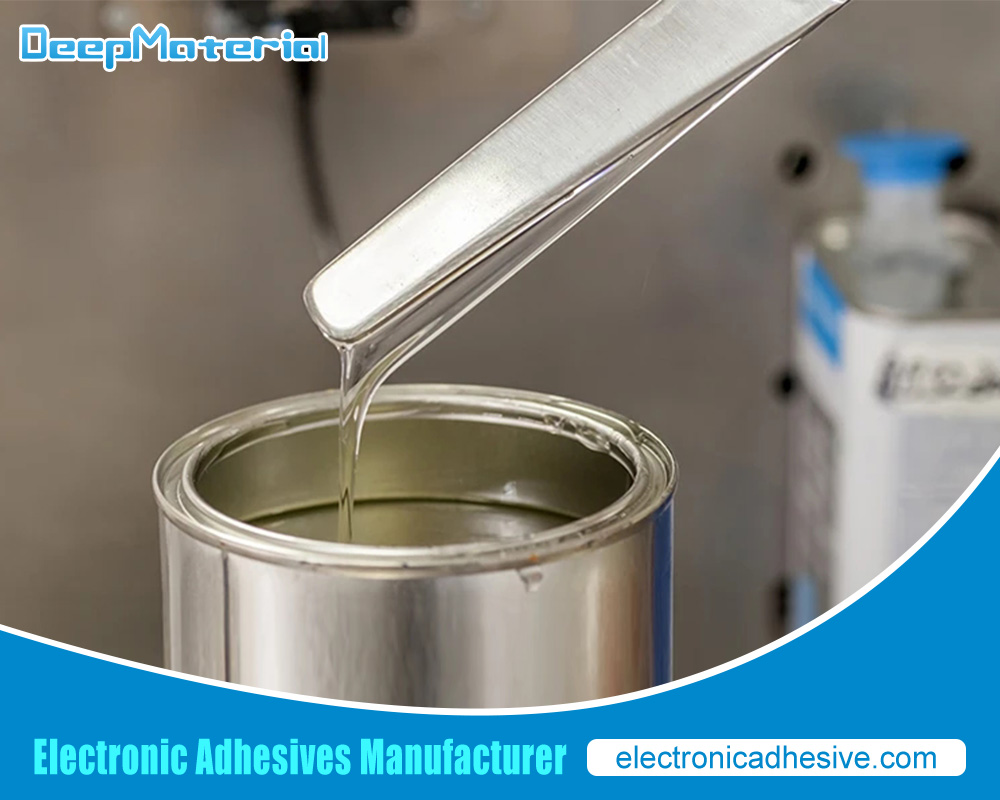
Critical Properties of Smartphone Adhesives
When selecting an adhesive for smartphone assembly, several critical properties must be considered to ensure optimal performance:
Bond Strength
- Description: The strength of the adhesive bond is vital for ensuring that components remain securely attached under stress.
- Importance: Higher bond strength translates to better durability and longevity for the device.
Curing Time
- Description: The duration required for the adhesive to set and reach its maximum strength.
- Importance: Fast-curing adhesives can streamline production processes and reduce downtime in repairs.
Temperature Resistance
- Description: The ability of the adhesive to maintain its bonding properties under varying temperature conditions.
- Importance: Essential for devices that may be exposed to extreme heat or cold during use.
Moisture Resistance
- Description: The capability of the adhesive to resist degradation when exposed to humidity or liquid.
- Importance: Crucial for protecting internal components from moisture damage.
Transparency
- Description: Many smartphone components, especially screens, benefit from adhesives that dry clear.
- Importance: Maintaining a seamless appearance is essential for aesthetic quality.
Advantages of Using Quality Adhesives
Choosing high-quality adhesive glue can significantly enhance smartphones’ overall performance and reliability. Here are some of the key advantages:
- Enhanced Durability: Quality adhesives create stronger bonds that can withstand the rigors of daily use.
- Improved Aesthetics: Clear adhesives ensure the device’s appearance remains intact, particularly in display assemblies.
- Increased Waterproofing: Specialized adhesives can improve the water-resistance of devices, protecting against spills and moisture ingress.
- Efficient Production: Fast-curing adhesives can reduce assembly times, increasing throughput in manufacturing environments.
Common Applications of Adhesive Glue in Smartphones
Smartphone adhesive glue is utilized in various applications throughout the device assembly process. Understanding these applications can help you select the appropriate adhesive.
Screen Assembly
- Description: Adhesive glue is crucial for securely attaching the display to the phone’s phone’s frame.
- Importance: A strong bond prevents detachment and ensures clarity and touch sensitivity.
Battery Bonding
- Description: Adhesive is used to hold battery components securely in place.
- Importance: Prevents movement and ensures proper alignment, vital for battery performance.
Camera Installation
- Description: Adhesives are used to secure camera modules, ensuring they stay in place during operation.
- Importance: Maintains camera alignment for optimal image quality and protection.
Back Cover Attachment
- Description: Adhesive glue is applied to bond the back cover of the device securely.
- Importance: Enhances the overall structural integrity and aesthetic appeal of the smartphone.
Best Practices for Using Smartphone Assembly Adhesive Glue
To achieve optimal results when using adhesive glue in smartphone assembly, consider the following best practices:
Surface Preparation
- Description: Clean surfaces thoroughly to remove dust, oil, and residues.
- Importance: Proper surface preparation is critical for achieving solid bonds.
Correct Application
- Description: Apply adhesive evenly to avoid excess that can ooze out during assembly.
- Importance: Controlled application ensures a clean assembly and prevents messiness.
Curing Conditions
- Description: Follow manufacturer guidelines for curing times and conditions.
- Importance: Maintaining optimal temperature and humidity levels can affect the adhesive’s performance.
Testing the Bond
- Description: Allow the adhesive to cure fully before subjecting the assembly to stress or strain.
- Importance: Performing strength tests can verify the reliability of the bond before final assembly.
Troubleshooting Common Adhesive Issues
Even with careful selection and application, problems can arise. Here are some common issues and their solutions:
Weak Bonds
- Problem: Insufficient bond strength leads to component detachment.
- Solution: Ensure proper surface preparation and allow adequate curing time.
Cloudy Appearance
- Problem: Adhesive may become cloudy or opaque upon curing.
- Solution: Use transparent adhesives and apply them sparingly to prevent excess.
Peeling Edges
- Problem: Adhesive failing at the edges, causing components to separate.
- Solution: Check for contaminants on bonding surfaces and select adhesives with better edge adhesion properties.
Environmental Considerations
With growing awareness of environmental issues, many manufacturers are now seeking eco-friendly adhesive options.
Biodegradable Adhesives
- Description: These adhesives break down naturally over time and do not contribute to plastic waste.
- Importance: Choosing biodegradable adhesives can enhance a brand’s sustainability profile.
Low-VOC Adhesives
- Description: Low-volatile organic compound (VOC) adhesives emit fewer harmful chemicals into the environment.
- Importance: These adhesives contribute to a healthier working environment and reduce air pollution.
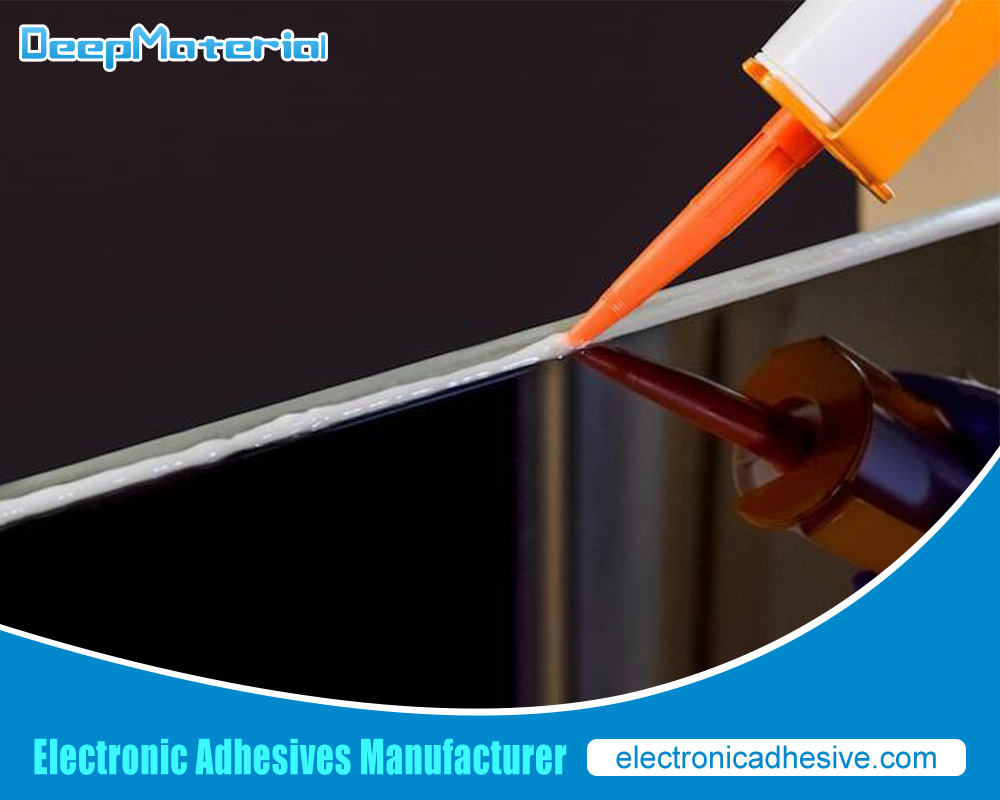
Conclusion
Smartphone assembly adhesive glue is indispensable to modern mobile device manufacturing and repair. Manufacturers and technicians can make informed decisions that enhance device performance and longevity by understanding the various types of adhesives, their properties, and applications. The importance of quality adhesives cannot be overstated, as they provide the strength, flexibility, and aesthetics needed for today’s smartphones.
For more about choosing the comprehensive guide to smartphone assembly adhesive glue: everything you need to know, you can pay a visit to DeepMaterial at https://www.electronicadhesive.com/ for more info.


